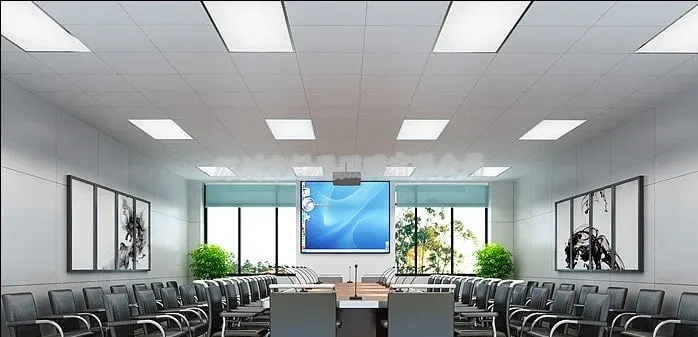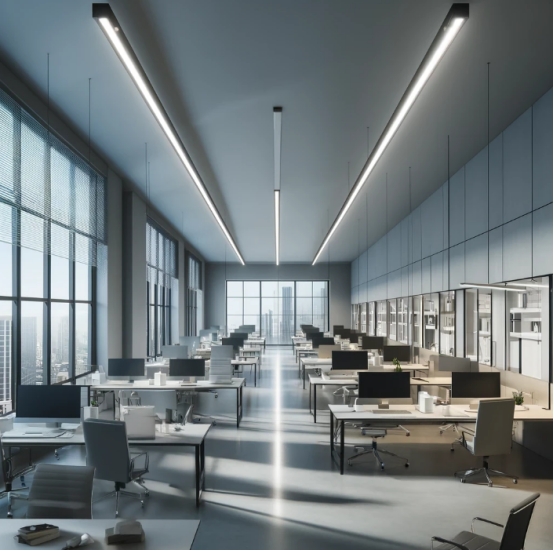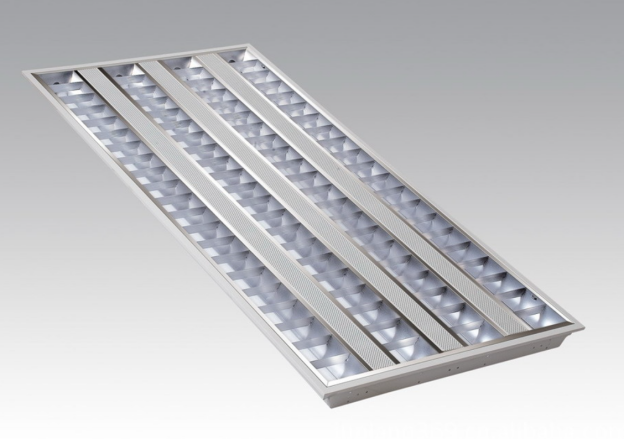Introduction
Digital Addressable Lighting Interface may appear as another string of technical jargon. A mouthful, like a particularly crunchy piece of acronymic granola. Yet, DALI is more than a mere collection of syllables. Instead, it’s an international standard for controlling electronic ballasts, transformers, LEDs, and exit lights. The primary objective of DALI is to bring simplicity and versatility to the otherwise complicated sphere of digital lighting.
What is DALI Control System?
DALI: The global standard for smart lighting control
The DALI Alliance is the global industry organization for DALI®, the internationally-standardized protocol for digital communication between lighting-control devices. DALI is the Digital Addressable Lighting Interface.
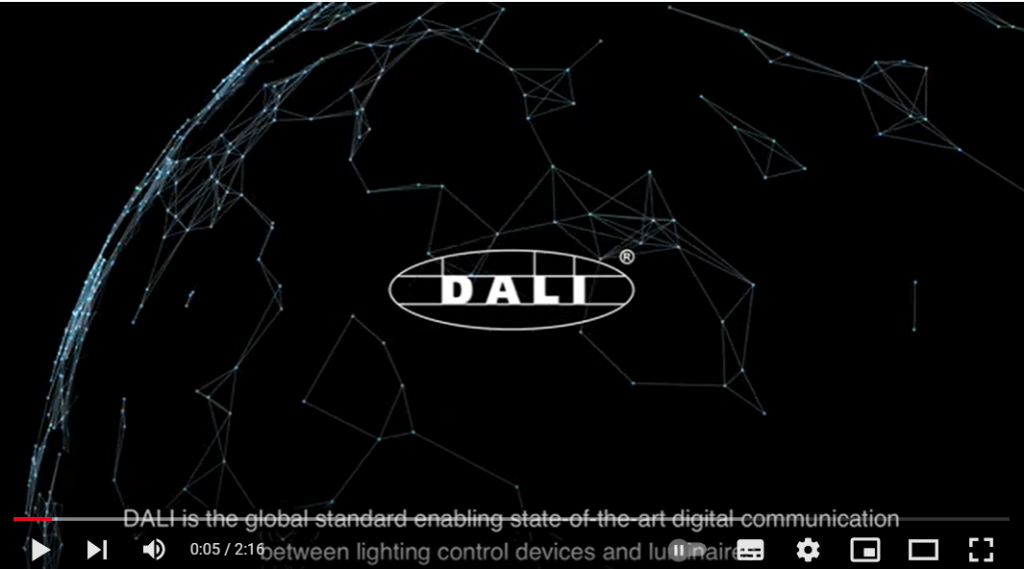
Purpose of DALI System
Even though the DALI system sounds complicated with its technical language, it’s made with a deep belief in fairness for everyone. Its function? To give you, the user, unparalleled power over your lighting systems. With DALI, each lighting fixture becomes a small, independent republic unto itself. Each component in a DALI system has its address, meaning you can tweak and control it as you see fit. This unlocks a level of customization and precision unimaginable in the era of traditional lighting systems.
Differentiation from other Lighting Control Systems
The world of lighting systems isn’t a monolith. There are countless species of control systems, each boasting its own quirky set of characteristics. One may ask, why DALI? Why not its distant cousin, DMX, or its neighbor on the digital spectrum, KNX?
Like a champion chess player, DALI stands out for its strategic prowess. It’s the only system allowing individual control over each component, giving it a tactical edge over its counterparts. This isn’t to say DALI is the proverbial hare to the DMX or KNX’s tortoise. No. Each system brings unique benefits to the table. The particular flavor of DALI is its commitment to individuality and precise control.
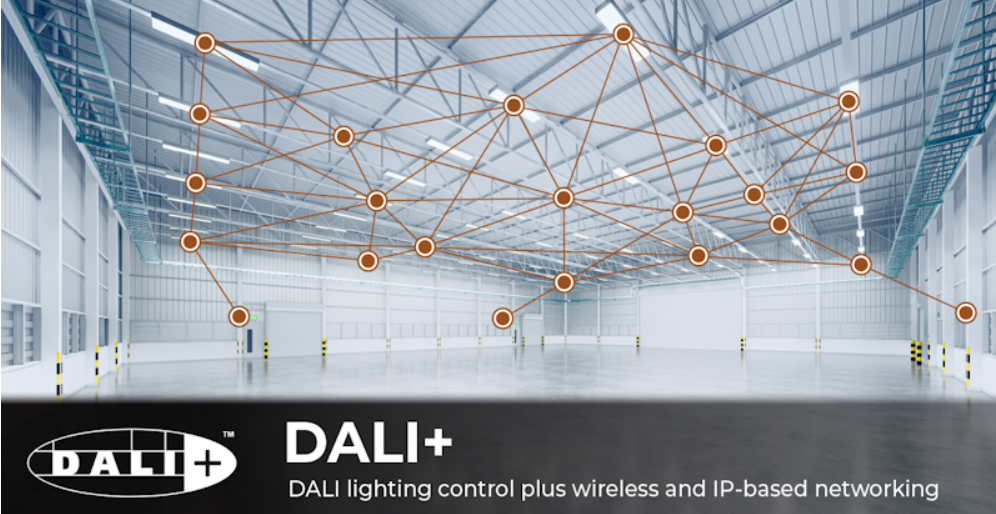
Key Feature: Independent Addressing and Accurate Dimming Control
DALI’s secret weapon is independent addressing in the battle royale of control systems. This is like giving each light bulb in a room its remote control. This level of individualization, in turn, offers accurate dimming control. You could have a room where each light operates at a different intensity level, creating a tapestry of light that can be as dynamic and changing as you want.
This is where DALI truly shines – in its capacity for drama and ability to paint pictures with light. After all, what’s lighting, if not the play of shadows and illumination, the dance of visibility and obscurity? DALI understands this. It celebrates it.
Let’s not get carried away, though. We must remember that DALI is a tool, a means to an end, a paintbrush in the hands of a painter. And like any tool, it demands understanding, patience, and practice. With these, DALI can help create environments that serve practical purposes, evoke emotions, tell stories, and make our lives more magical.
Advantages of the DALI Dimming System
Now, you might be wondering – why DALI? What sets it apart from the rest? Well, the answer lies in its inherent advantages. Let’s explore some of them.
Simple Installation and Programming
Imagine a world where you can control your lights with a tap on your device and, better yet, customize them to suit your preference. That’s the kind of simplicity DALI offers.
DALI system installation is pretty straightforward. Connect the lights, ballasts, and control devices on the same network, and voila! You’re done. With it, changing the lighting configuration won’t require a rewiring circus.
The programming side is the same. Each light in the DALI system is assigned a unique address. It’s like your lights have a personal name that the control device uses to issue commands. Whether dimming to a particular level or switching off, each instruction is effortless and precise.
Cost and Time Savings in Wiring Modifications
One of the most significant dilemmas in lighting systems is the cost and time associated with wiring modifications. But, in the case of DALI, such concerns are alleviated. Since the DALI system uses a bi-directional communication protocol, it saves you from the painstaking task of rewiring when any changes in the lighting control are needed.
A new layout in the office? Want a different light ambiance for the living room? No problem! With DALI, you can make such alterations by reprogramming the lighting arrangement, saving time and cost.
Cost-Effective Installation of the DALI Dimming System
When installing a new lighting system, considering the initial and long-term costs is crucial. DALI systems score high in both these areas, primarily due to their minimum requirements for power and control cables and the elimination of special control cabinets. These facets make DALI an appealing choice for many.
Minimal Requirements for Power and Control Cables
First, let’s unpack the benefit of minimal cabling requirements.
When setting up a DALI system, you only need a pair of cables to connect all the devices in a loop or a star configuration. What does this mean in practice? You can loop the cable from one device to another, reducing the wiring needed and thus saving costs.
Moreover, the flexibility in the cabling architecture allows you to create a robust system, minimizing the chance of any device becoming isolated due to a cable failure. This, in turn, contributes to lowering maintenance costs over the long term. The DALI system simplifies the whole process, making installation a breeze and saving you a ton of money.
No Need for Special Control Cabinets
In traditional lighting systems, dedicated control cabinets are often necessary to manage the complex network of cables and connectors. These cabinets are more than just pricey; they consume valuable space and require additional installation work.
However, with a DALI system, there’s no need for these special control cabinets. How so? The digital control protocol embedded in each DALI device enables direct and independent control without needing a central hub.
This cuts costs and simplifies installation, reducing labor hours and increasing the system’s flexibility. You can add, remove, or change the devices without reconfiguring a central control hub. This freedom and flexibility is another way DALI systems prove to be cost-effective.
Accurate and Reliable Control
One of the main advantages of a DALI dimming system is its interference-free digital signal transmission. By using digital signals, the DALI system minimizes the chance of errors that often accompany analog signal transmission. If you imagine analog signals as a lively conversation in a crowded restaurant, digital signals are like exchanging clear, concise text messages. The former is prone to misunderstandings and misinterpretations due to noise and interference, while the latter delivers the intended message accurately and reliably. So, the DALI system’s digital signals ensure precision in lighting control.
Bidirectional Communication for Feedback and Status Updates
Adding to its charm, DALI dimming offers a two-way street in communication. It’s not just about sending commands to the lights; they also talk back! This bidirectional communication feature allows users to receive feedback and status updates from their lighting fixtures. It’s akin to the difference between sending a letter and having a live conversation. First, you won’t know if your message was received or understood. In the latter, you get immediate responses. That’s the beauty of bidirectional communication in DALI.
Wide Range of Applications
One size fits all! Well, not literally. But the versatility of the DALI dimming system allows it to play well with various lamp types and control equipment. It’s a sort of “universal translator” in the lighting world. Be it incandescent, LED, or fluorescent lamps, DALI is at your service. Plus, its compatibility extends to diverse control equipment too. This universality makes DALI a preferred choice in many contexts.
Increasing Use in Diverse Settings
From a chic boutique hotel to a sprawling corporate office, the DALI dimming system finds a place everywhere. Its increasing popularity across various settings is a testament to its versatility and efficacy. Its user-friendly nature and ability to create ambiance and focus light where needed have made it a darling of the lighting world.
Energy-Saving and Environmental Benefits
We’ve reached the most luminous aspect of DALI dimming—its environmental friendliness. The DALI system brings to the table a considerable energy-saving potential. By allowing precise control over lighting levels, it reduces unnecessary energy consumption. Just as you wouldn’t keep your tap running when you don’t need water, there’s no reason for lights to consume power when not required. In addition to saving energy, it also contributes to reducing carbon footprint. Thus, DALI dimming isn’t just bright; it’s green too!
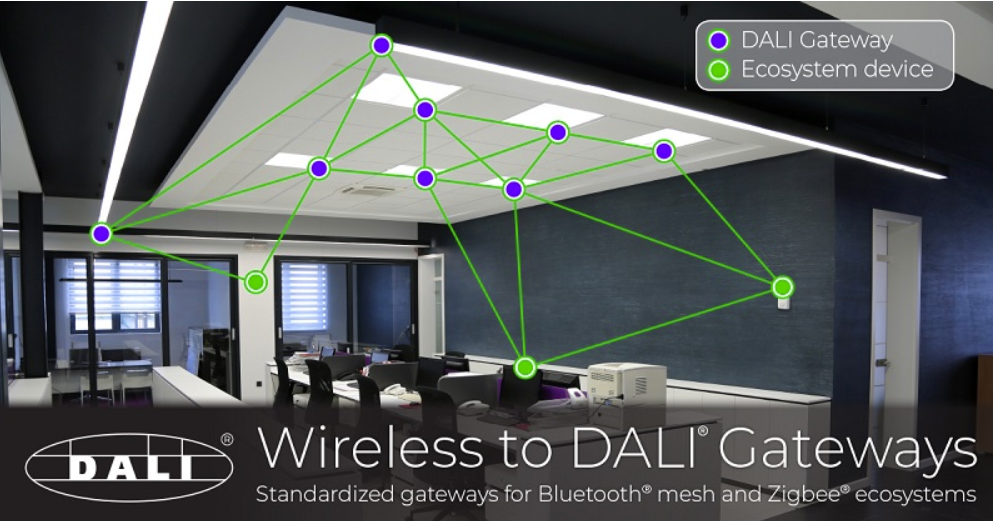
Top 5 DALI Control System Brands in Europe
1.Osram
They acquired the Osram Digital Systems business in Europe and Asia

First, let’s peek into the workings of Osram’s DALI control technology. So, what’s the story with Osram? DALI, or Digital Addressable Lighting Interface, is a global standard in lighting control. It’s a fancy way of managing and controlling lighting systems. Osram, a German powerhouse in the lighting industry, employs this technology, promising efficiency, versatility, and flexibility.
Their DALI control system allows for individual light management, where each light can be controlled separately. It’s a game-changer because it will enable you to adjust lighting according to specific needs and preferences. It’s not just an on-and-off matter anymore! You can customize lighting scenarios for various activities or times of the day.
What’s even more remarkable about Osram’s DALI system is its ease of use. Installation? No big deal. The system supports plug-and-play, meaning it can be set up without a hassle. Osram ensures you don’t need to be a tech whiz to enjoy the benefits of smart lighting!
2.Tridonic

Stepping away from Osram, let’s head on over to Tridonic. Another big name in the lighting industry, this Austria-based company also champions using DALI control technology. Like Osram, Tridonic’s DALI system gives users more control over lighting systems. But there’s more to the tale.
Tridonic places a special emphasis on energy efficiency. Their DALI system is smart enough to adjust the lighting according to the available natural light, thereby helping save energy. Not only does this feature make Tridonic’s system eco-friendly, but it also helps reduce energy bills.
Moreover, Tridonic’s DALI system embraces connectivity. It offers remote management options, meaning you can control your lights from anywhere, anytime. Need to switch off a light before leaving home? No worries. You can do it from your office or while sipping coffee at a café!
3.Phillips

First, on the docket, we have Philips. Philips is a Dutch multinational conglomerate that’s been around for quite a while – over a century! They’ve delved into many fields, but what stands out in our context is their involvement in lighting. And within this field, their DALI control system shines, no pun intended.
Now, what makes Philips a top-notch choice? Philips’ DALI control system offers unprecedented flexibility. Lights can be controlled individually or in groups, making them perfect for small and large spaces. Plus, Philips adds a layer of convenience with their software, which allows you to program and automate the lighting according to your needs. In short, Philips combines innovation and practicality in their DALI systems, giving you a user-friendly and highly adaptable lighting control solution.
4.ABB

Up next, we’ve got ABB. ABB, a Swedish-Swiss multinational corporation, might not be as old as Philips, but don’t let that fool you. They’ve quickly made a name for themselves in technology and automation. Their DALI control system? It’s something else. ABB’s DALI system lets you control not just the lighting but also the blinds and even the heating. Talk about versatility!
Moreover, ABB prides itself on its system’s ease of use. They’ve designed it to be as intuitive as possible, so you’ll have no trouble navigating it even if you’re not a tech whizz. Moreover, ABB’s DALI system is designed to be energy efficient, which not only helps reduce your bills but also contributes to a more sustainable future. In a nutshell, ABB’s DALI system offers a comprehensive control solution that’s user-friendly and eco-friendly.
5.Helvar

Last but by no means least, we have Helvar. Helvar is a Finnish technology company specializing in energy-efficient lighting systems and solutions. Their DALI control system is impressive, merging technical sophistication with an emphasis on energy conservation. Helvar’s DALI system provides a blend of manual and automated control. Lights can be dimmed or brightened depending on the time of day or the level of natural light available, all thanks to sensors.
To wrap it up, Helvar’s DALI system takes lighting control to the next level. It offers a hands-off approach when you want it and hands-on command when you need it, all while promoting energy conservation.
Each brand – Philips, ABB, and Helvar – brings something unique. Philips’ DALI system focuses on flexibility and adaptability. ABB’s system integrates lighting, heating, and blind control in an eco-friendly package, while Helvar’s system maximizes automation and energy efficiency. It all boils down to what you need and what you prefer. Your perfect DALI system could be just a decision away!
DALI-1 and DALI-2: A Comparison
Overview of DALI-1
The term “DALI” stands for “Digital Addressable Lighting Interface.” It’s a protocol that offers a comprehensive method for digitally controlling individual light sources, like LED fixtures, in a lighting system. This makes it possible to customise lighting effects to match user requirements precisely.
DALI-1, the first version of this protocol, transformed the lighting industry by providing granular control over individual light fixtures. It used a pair of wires to form a bus structure linking the light sources, allowing for the transmission of commands from a controller.
DALI-1 was revolutionary for its time. It supported commands to turn lights on and off, adjust brightness, and even program light settings for specific events or times. One of its main advantages was communicating on the same network with many devices, up to 64. However, the potential for more complex and diverse commands led to the development of its successor, DALI-2.

Upgrades and Optimizations in DALI-2
When comparing DALI-1 and DALI-2, it’s like comparing a trusty old car to a state-of-the-art electric vehicle. Sure, the former gets you where you need to go, but the latter offers so many additional features and refinements. Now, let’s look at the significant improvements in DALI-2.
Stringent Electrical Characteristics and Increased Transmission Accuracy
First off, in the race of precision and reliability, DALI-2 takes the checkered flag. It boasts more stringent electrical characteristics than its predecessor. This means that DALI-2 is more rigorous in the electricity requirements needed for transmission. What’s the benefit? It helps reduce errors and improve transmission accuracy. Simply, it ensures that your lighting commands get to the right place, at the right time, and in the right way.
Additional Instructions, Including Extended Fade In/Out Time Range
The second upgrade DALI-2 offers is like a magic trick up its sleeve – additional instructions! The original DALI protocol, DALI-1, allowed users to adjust brightness and switch lights on and off. However, DALI-2 took things a step further by introducing extra commands.
One significant addition is the extended fade-in/out time range. With DALI-1, fading in or out of light was possible but limited. DALI-2, on the other hand, has dramatically extended this time range, allowing for smooth transitions between light levels. This can create a pleasant ambiance and a soothing environment.
Improved Communication Between Devices from Different Manufacturers
Ever tried to get two kids who speak different languages to play nicely together? It can be tricky. That’s similar to the challenge faced by devices from other manufacturers when communicating using DALI-1.
DALI-2 solves this problem. It allows for better intercommunication between devices, even when made by different manufacturers. With DALI-2, it doesn’t matter who made your lights or your control devices; they should still be able to understand each other and work together harmoniously.
Mandatory Certification for DALI-2 Products
It’s not just about making better products, though. It’s also about ensuring those products meet certain standards. That’s why there’s a mandatory certification for DALI-2 products.
Under this certification, each DALI-2 product must pass stringent tests. The aim is to ensure they all conform to the DALI-2 standard and provide a certain level of quality and performance. It helps build trust among users, knowing that their DALI-2 products won’t disappoint them.
Certification also ensures compatibility. Because every product adheres to the same standard, they can all work together smoothly. It’s a bit like making sure everyone speaks the same language before starting a conversation – it makes everything more accessible and more efficient.
Precautions and Considerations When Transitioning from DALI-1 to DALI-2
While transitioning from DALI-1 to DALI-2 sounds like a bright idea (pun intended), there are a few things to remember.
Firstly, you can replace everything simultaneously because DALI-2 products are backward compatible with DALI-1 products. But remember, the advanced DALI-2 features won’t work with the old DALI-1 devices. You’ve got to have the right tools for the job.
Secondly, it’s essential to plan your transition carefully. Consider the cost, the time it will take, and its impact on your operations. Transitions can be tricky, but you can make it smooth with some forethought.
Lastly, remember the mandatory DALI-2 certification. Make sure any new products you purchase have passed the tests. It’s a stamp of approval that guarantees the product’s quality and compatibility.
In a nutshell, transitioning to DALI-2 can be a decisive move. It’s just a matter of planning it right and keeping it.
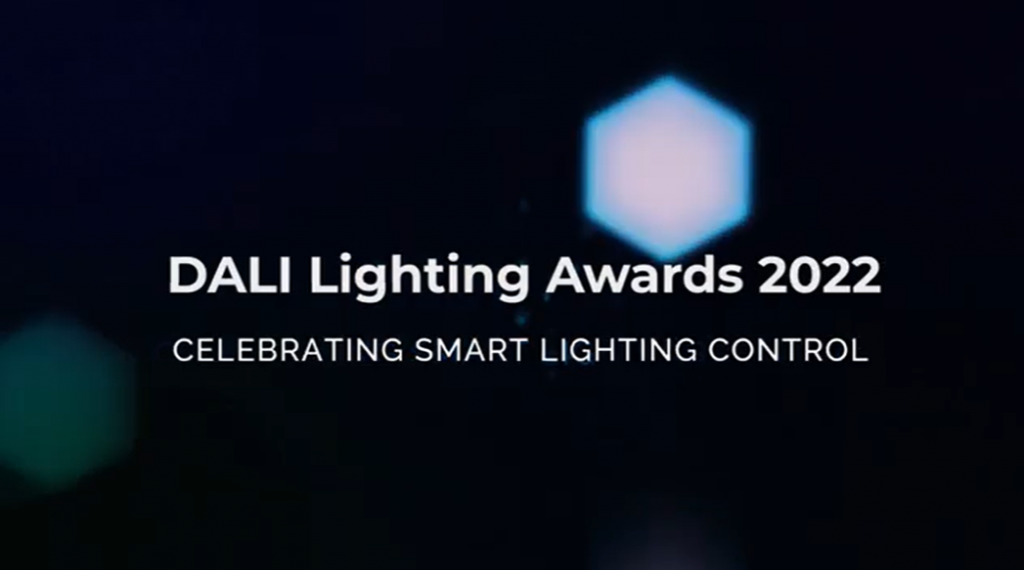
Conclusion
Transitioning from the original DALI-1 to the DALI-2 protocol can open up a world of possibilities in lighting control. With more stringent electrical characteristics and additional commands, DALI-2 is significantly better than its predecessor. It also offers improved communication between devices made by different manufacturers and a mandatory certification for all products. Before upgrading, however, you should consider the cost, time investment, and impact on operations, and remember to buy only certified products. Following these steps will help ensure your transition is smooth and successful!
